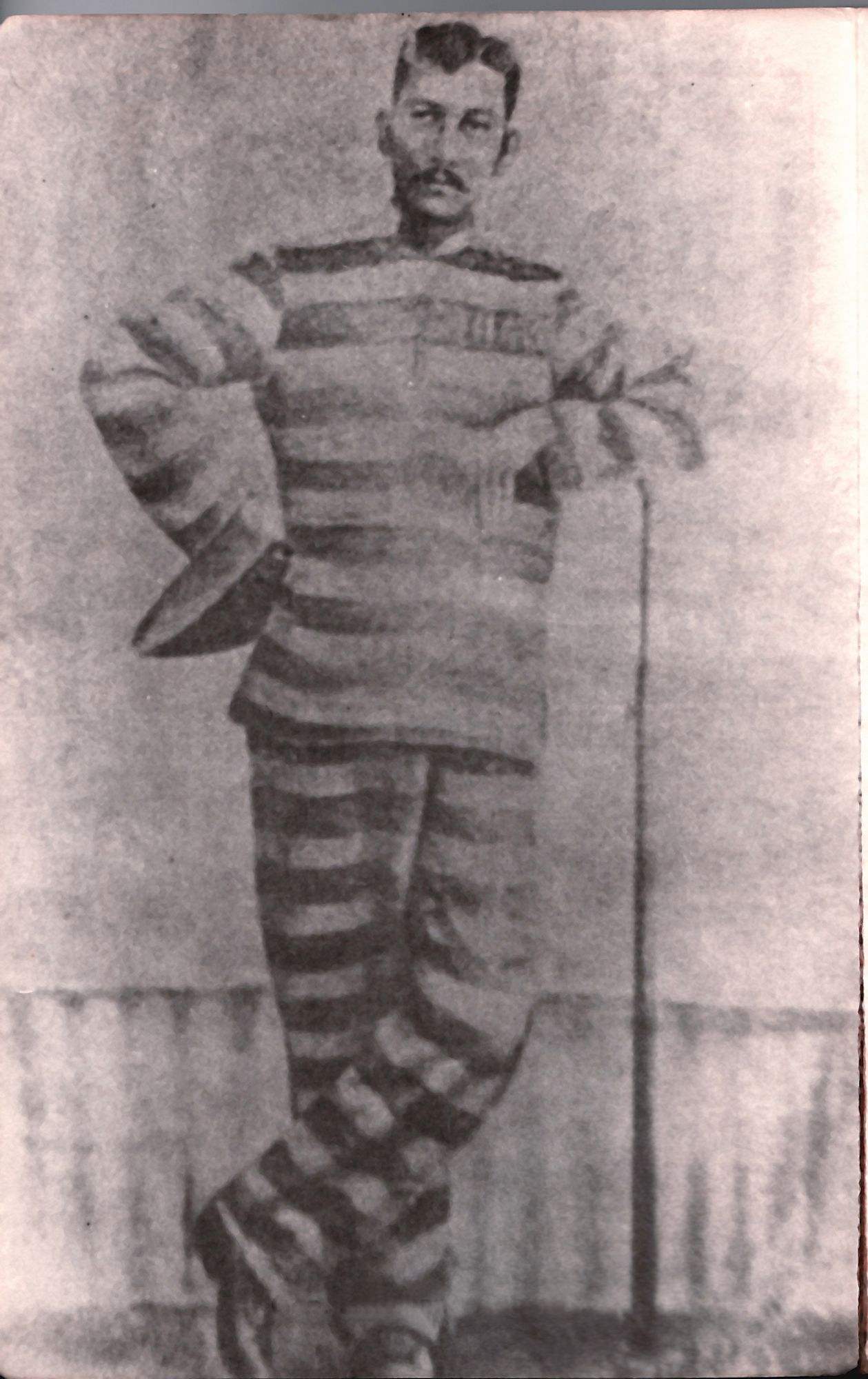No other chronicle of the Filipino family better encapsulates the struggles of the Philippine nation than the complex saga of the Aquino and the Cojuangco clans
This feature story was originally titled as Family Matters, and was published in the May 2010 issue of Tatler Philippines
In her book The Rulemakers, the journalist Sheila Coronel says that political families, not ideological parties, are “the most enduring feature of Philippine legislatures, beginning with the Malolos Congress,” in fact, they are able to project themselves from a regional power base onto the national stage. To prove her point, she cites the Cojuangco and Aquino clans as examples. Both originally of Capampangan and Tagalog stock who share the same bailiwick of Tarlac province, these two families have “produced a disproportionate number of legislators dating back to 1898.” Some have intermarried, but their family branches, at varying points in Philippine history, have coincided or collided with each other’s social agenda, business interests and political visions.
See Also: The Blessed Life of Imelda Cojuangco

The Aquinos trace their illustrious line to their patriarch, Servillano “Mianong” Aquino, born on 20 April 1874 in Angeles, Pampanga, to Braulio Aquino and Petrona Águilar de Hipólito. The family transferred to Concepción, Tarlac, where the father became its gobernadorcillo from 1885 to 1887.
Servillano led a colourful life in the revolutionary years, credited with major victories as well as marked by storied downfalls. His first foray into the world of politics was as the military governor of Tarlac province, where the Spaniards surrendered to the Filipino forces on 3 june 1898. At the Malolos Convention, he was promoted to brigadier general and appointed deputy to the Congress by General Emilio Aguinaldo, president of the first Philippine Republic. When he retired in the town of Murcia in Tarlac province, General Servillano was incessantly lured to enter politics, but each time he declined. Politics would be reserved for his next in line.











